Event Photography Explained – 13 Tips to Excel & 3 Must-Have Items
Rent film gear from local filmmakers.

Rent film gear from local filmmakers.
Are you interested in event photography?
Capturing occasions sounds fun, right?
It most definitely is, but also a tough job for a photographer. Being precise is essential. There is no opportunity to go back in time and fix mistakes. If you’re a photography newbie, start your journey by learning all the
photography fundamentals.
In this article, you will learn about the common types of event photography, the essential equipment, and some tips to master capturing events.
What is event photography?
Event photography is about capturing the moments of an occasion, like weddings, birthday celebrations, corporate events, galas, award ceremonies and music festivals. The occasion is in an uncontrolled environment, which can be hard for photography beginners.
Event photography is the professional art of snapping high-quality images. You can not play with the lights until the image is perfect. You have to be prepared for unexpected elements.
3 common types of event photography
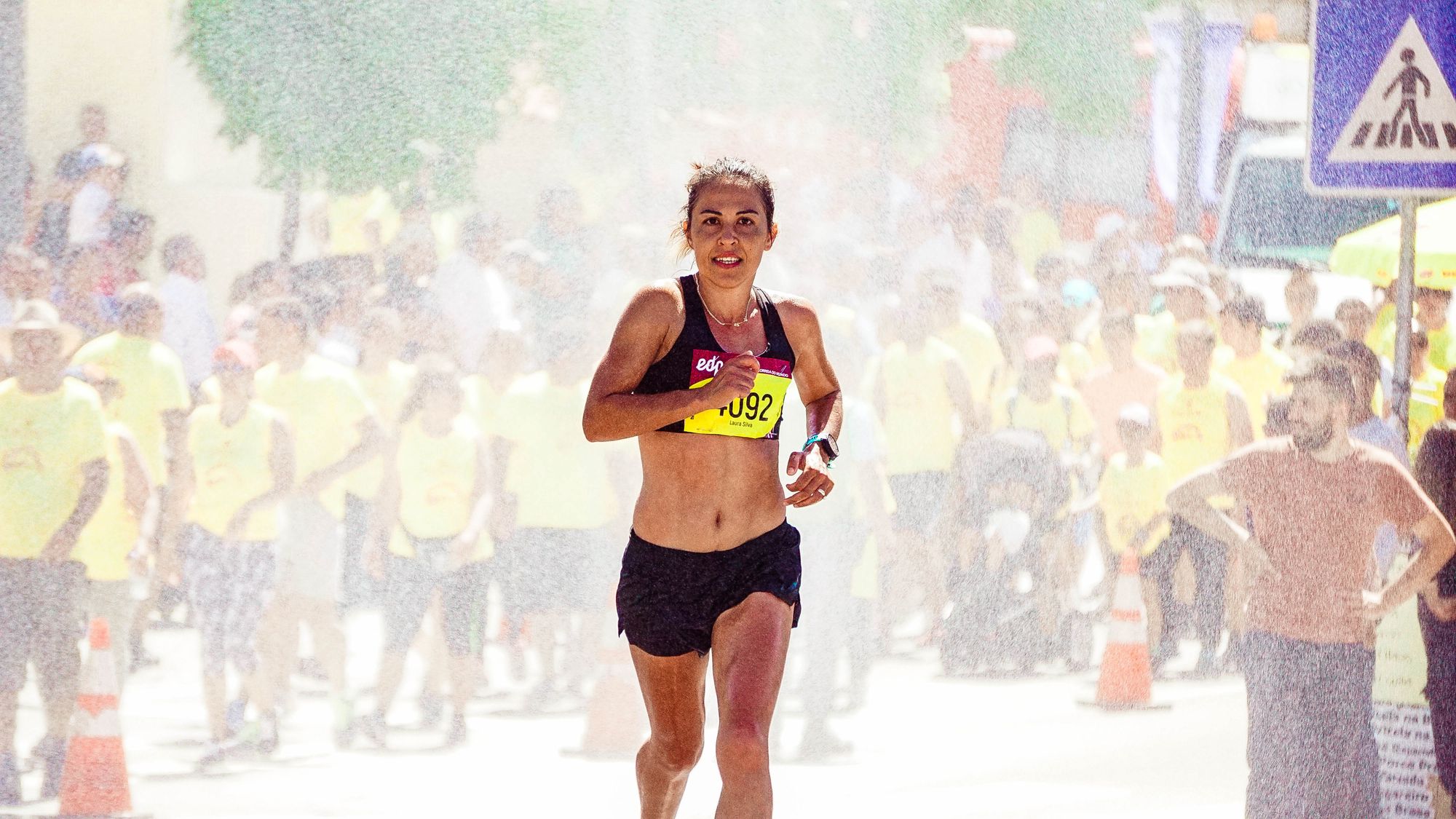
As photography has many genres, so has event photography.
Here we go through the three most common and popular genres.
1. Corporate photography
This type includes conferences, corporate events, and gatherings. It is good to start when you are just beginning with event photography.
2. Concert, dance and theatre photography
In this genre, you are taking pictures of concerts, parties, galas, ceremonies, music events, etc. For these kind of events, you will need a different camera and lighting equipment than standard event photography.
3. Sports photography
As the previously mentioned concert, dance, and theatre photography, sports photography also requires special equipment.
The equipment and the shots you are required to take will differ from other types of event photography, because of the distance shots you will need to take.
Essential equipment
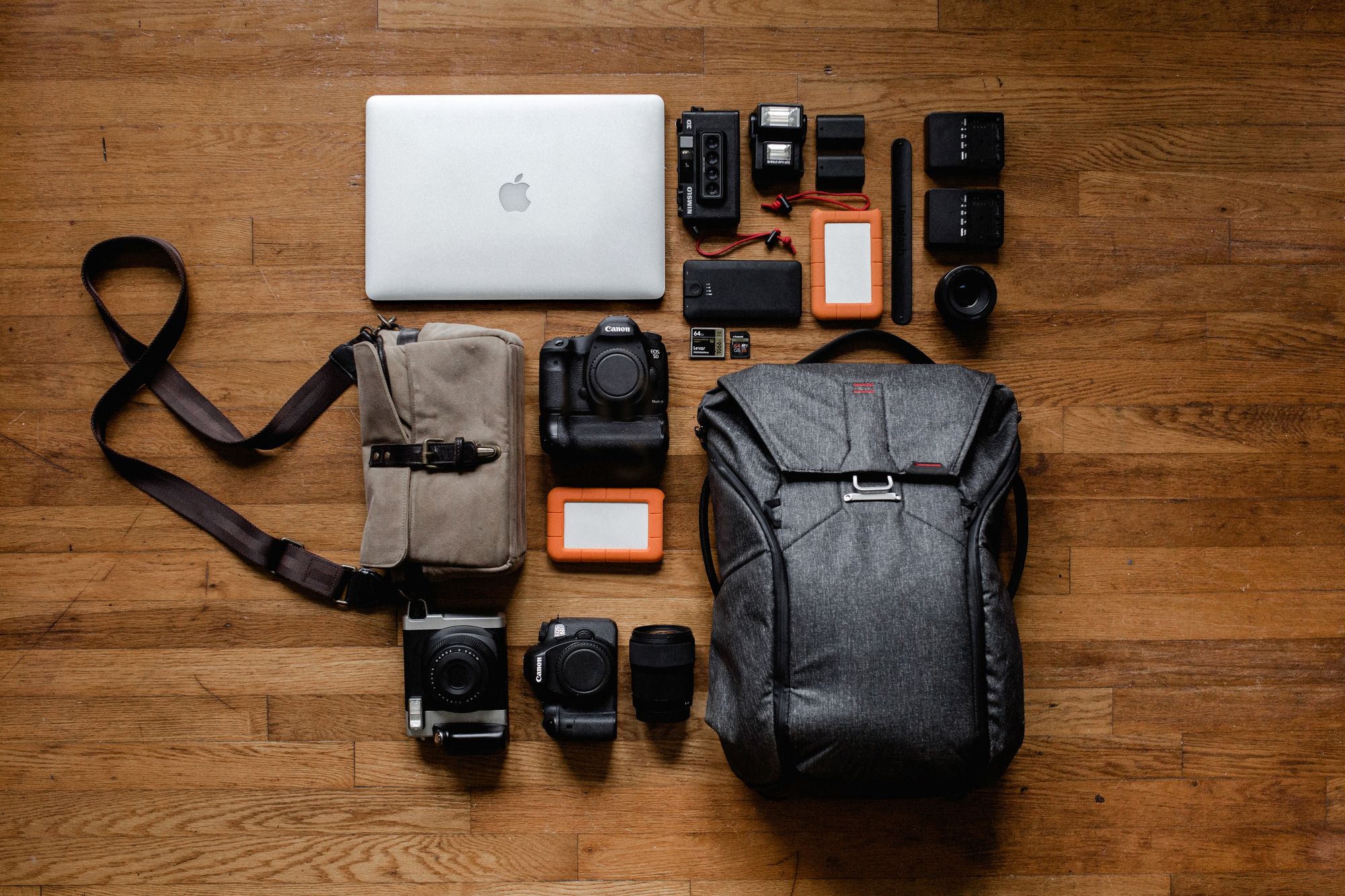
You would think that since it is not a studio photoshoot, you can travel with light equipment to your events, right?
Well, not exactly.
Make sure you have the right camera, lenses, and lighting equipment. Extra batteries and memory cards can also come in handy to take with.
A camera body
A good camera for event photography has a good battery life and high durability.
Below we listed a few great cameras that can fit your event photography projects:
- Nikon D750
- Nikon D850
- Canon EOS 5D Mark IV
- Canon EOS 6D Mark II
- Sony A7 III
If you want to focus on wedding photography, dive deeper into the best cameras for wedding photography here.
A lens
The lens you need will depend on the event type you are shooting.
If you are shooting a sports event, you will need a different lens than for wedding photography.
You can have the best camera on the market, but your pictures will not turn out that well without a suitable lens. Sometimes you will need a mix of lenses to capture the best variety of images.
- With a wide-angle zoom lens (16-35mm f/2.8), you can capture more context on your shooting event. Wider lenses are great for group pictures and capturing the broad context of the event.
- A Telephoto lens (70-200mm f/2.8) is used for capturing far away subjects. This kind of lens is the best for sports photographers.
- A Macro lens (90-100mm) is perfect for close-ups and portraits.
- Prime lenses have sharper image quality and wider aperture. This allows more light to hit the sensor in the camera.
Lighting equipment
Natural light can be an accomplice, but there will be some cases (like a concert or an evening event) where you will shoot in the dark.
A mounted camera flash will give you a much smoother and more natural look than the on-camera flash.
A diffuser softens the light coming from the flashlight, creating a more natural and even light on the subject.
13 tips to excel in event photography
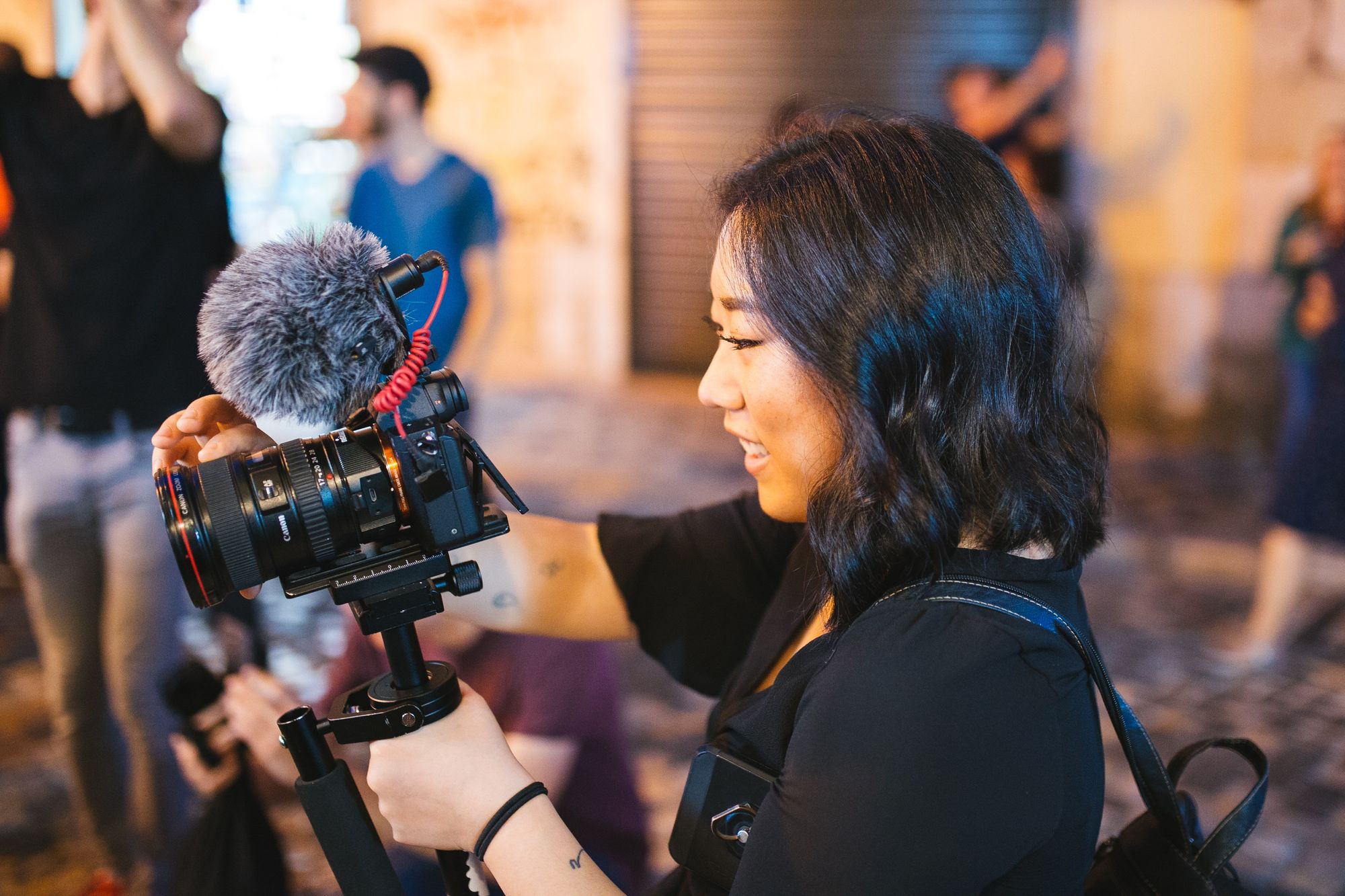
1. Request an itinerary
The most important is that you understand what your client expects from you.
When you meet your client, ask questions about the type of images they want, the most important moments and highlights of the event, and how they want to use the pictures.
2. Create a shot list
Based on the meeting with your client, create a list of the most important shots you will have to take.
Event photography can have unexpected turns, but it is always better to prepare a shot list.
3. Get your paperwork in order
Make sure you prepare a contract including the following information:
- Price and payment details
- Date and time of the event
- Rates for extra hours
- Delivery details for the images
- Copyright details
You can usually find a contract template online.
4. Prepare for the event
Again, look up the notes from the meeting with your client. Look up the location, the weather (if applicable), and the number of attendees, and make sure you know the schedule of the event.
Double-check your shot list to make sure you will capture the most critical moments for your client.
And lastly, prepare the needed equipment.
Are you shooting outside or inside?
Is it natural light or a dark scene?
What kind of shots will you take?
Answering these questions will help you decide what lenses and accessories you will need for the event.
5. Master your camera settings
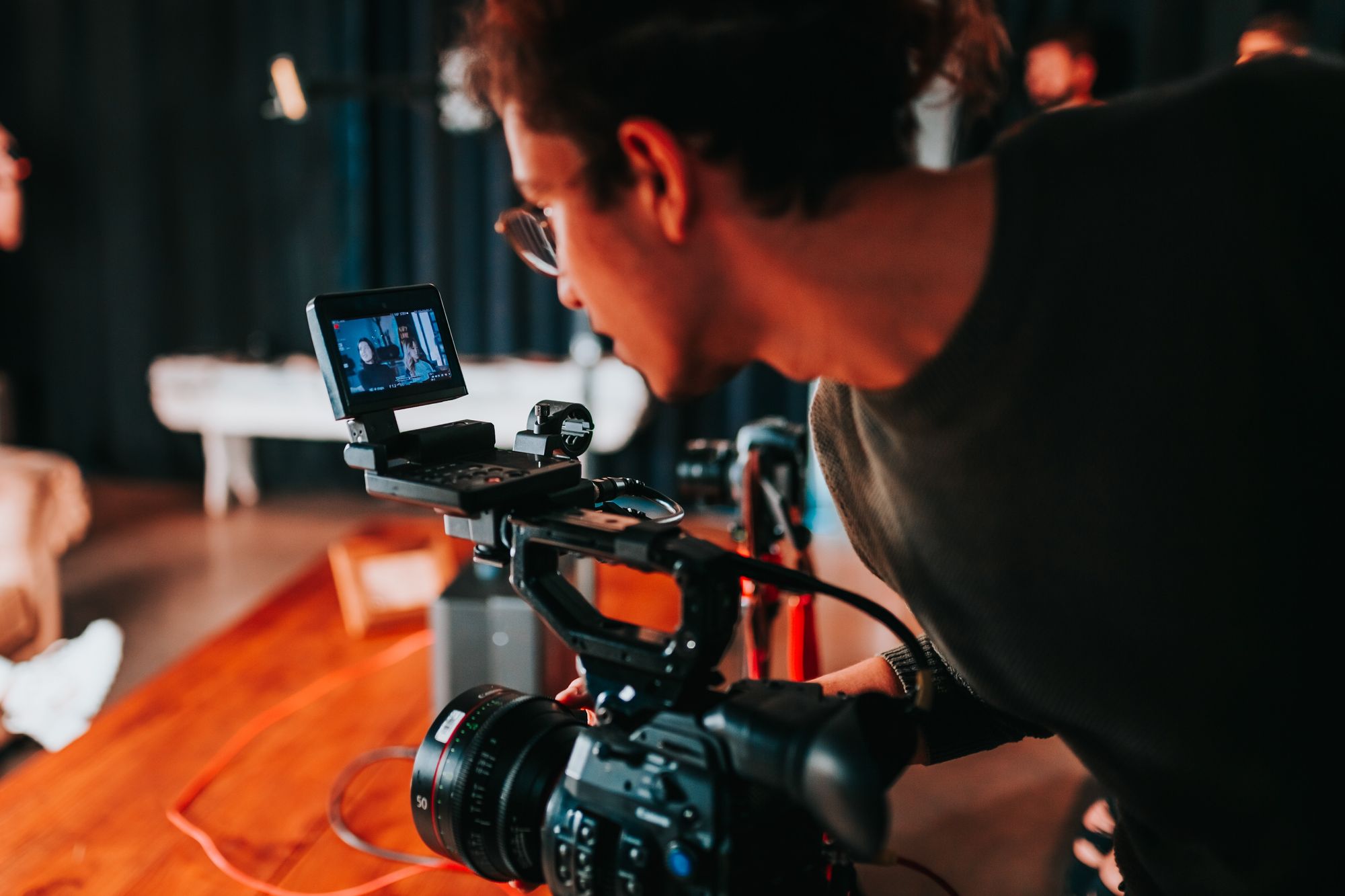
Camera settings are essential to mastering event photography. Your settings need to work in sync with each other.
You need to consider the shutter speed, which controls how long the shutter is opened to allow light to the sensor. Aperture, which is the opening of the lens diaphragm. Burst mode or continuous shooting will take more images with one press, which can come in handy at events but can fill up your memory card faster.
You should also consider whether you will shoot in RAW or JPEG mode. RAW mode is advised for event photography because it stores more information than a JPEG.
6. Arrive at the venue early and start rehearsing
Always arrive earlier at the location of the event than the attendees.
Make sure to scout the site and set up your cameras before the event starts. You might also want to take pictures of the decoration without the guests being there.
7. Always be ready to take the shot
Your job as an event photographer is also to make your subject comfortable while capturing moments.
You should always be ready to take a shot, but you should pay attention not to disturb the guests. Of course, this does not mean that you should not be friendly.
8. Practice and test different compositions
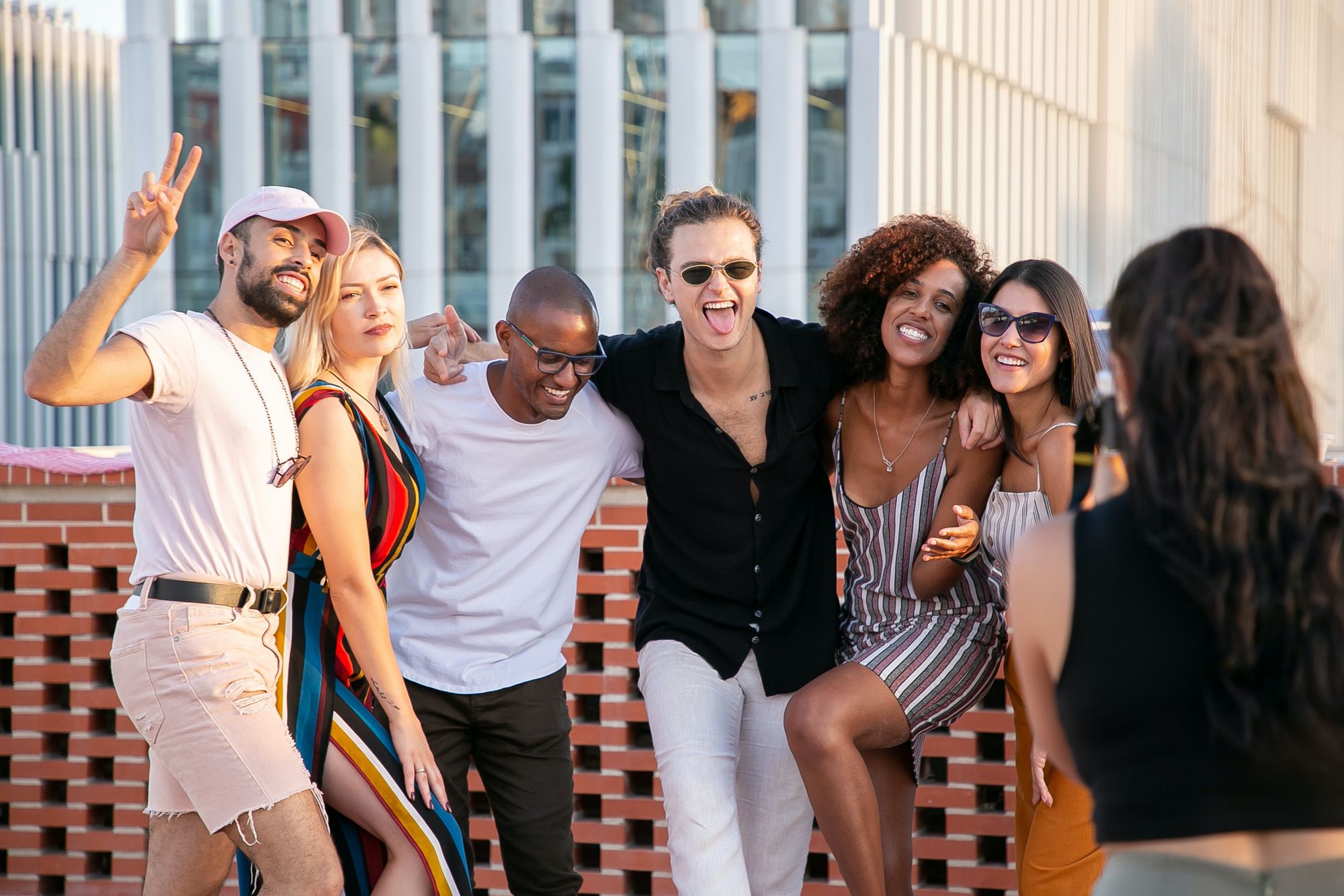
Make sure you take pictures of a variety of spots and a variety of people while also prioritizing your main subjects.
Capture candid moments where the guests ignore the camera and pose for photos, like group pictures and portraits.
9. Shoot in RAW
Shooting in RAW mode is recommended over JPEG.
This will help you during the editing phase because it stores much more information you can later adjust.
10. Plan for candid shots
Good candid shots are not the easiest to take. You have to get the hang of it, which only comes with practice.
You have to feel the room and understand the emotions to capture them. Candid shots are hard to plan for, but usually, those are the most liked by clients.
11. Shoot plenty of b-roll

There is never enough B-roll, so take the time to capture some. This can be pictures of the decoration before the guests arrive, shots of the staff, and maybe the food and drinks being served.
It helps to tell the story of the event.
12. Do not be afraid to get up close
Getting up close can feel a little awkward. Your camera and flesh can feel slightly intimidating to guests.
However, the clients often most appreciate the more intimate images of attendees.
Be cautious about how you take close-ups, but never neglect their importance.
13. Select the best photos to send through editing
The event is done. You can relax now...
Well, not really.
Much of an event photographer's work comes after the event when the editing phase begins.
You have to sort through the pictures you have taken and only send the best ones for editing. This is going to save you so much time. After the sorting, you can start the actual editing phase, preparing the images for delivery to your client.
Up next: Learn all about photography fundamentals
We hope this article will help you start your journey to becoming an event photographer.
You might want to skim through our article about a complete introduction to photography made for beginners.
What is event photography?
Event photography is about capturing the moments of an occasion.
How to get into event photography?
Offering free event photography services is a great way to start building a portfolio.
How much to charge for event photography?
Professional event photographers charge between $100-$250 hourly. As a beginner in event photography, it is a good start to create a quarter-day, half-day, and full-day package.






















